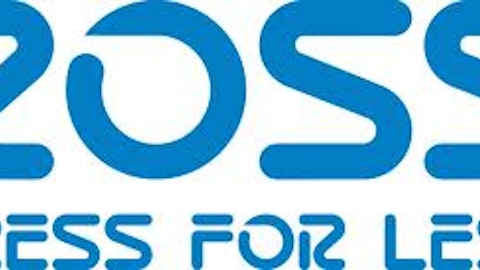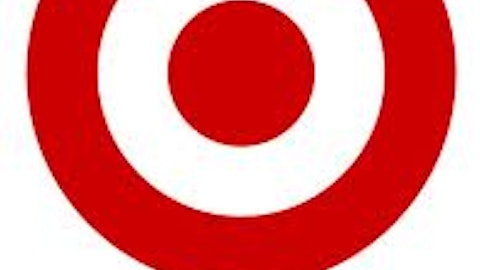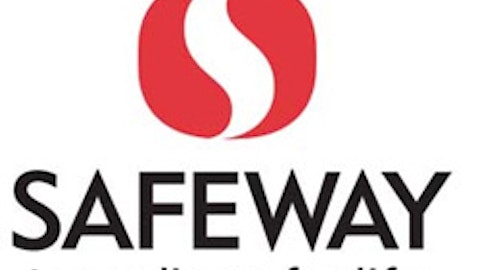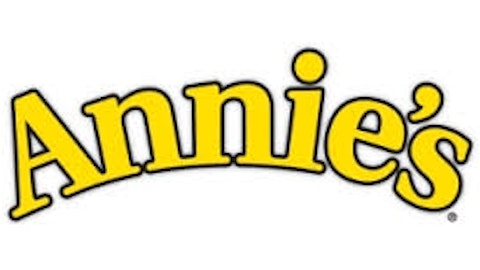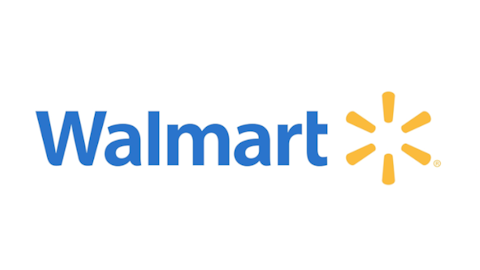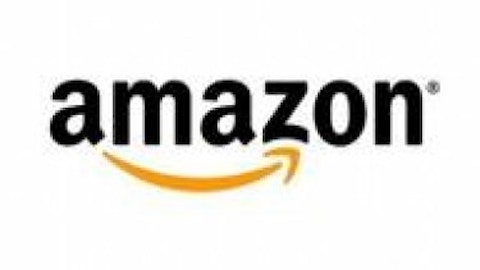Valuation Summary
- The Gap Inc. (NYSE:GPS) physical retail stores contribute roughly 29% towards the overall revenues.
- Old Navy, which is the high end brand within the Gap division, contributes 27%.
- Internet stores and mail orders contribute roughly 26% towards the overall revenues.
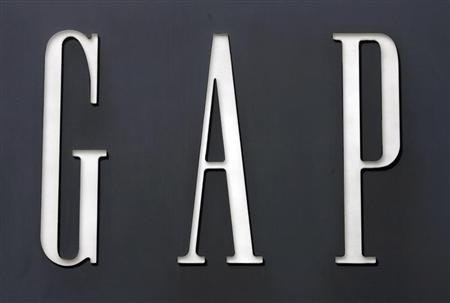
Gap, being one of the largest retail chains in the world, primarily competes with the likes of Target Corporation (NYSE:TGT) and Abercrombie & Fitch Co. (NYSE:ANF) .Target is an economy American retailer, targeting a lower end of the US apparel market. It is the second largest economy retailer in the US and is a Fortune 500 company. The company was founded in 1902 and is headquartered in Minnesota. On the contrary Abercrombie & Fitch is a mid market high street retailer like Gap. Both Gap and Abercrombie & Fitch are positioned very similarly and target the younger segment of the population. However, Gap has a broader portfolio with sub-brands like Old Navy and Banana Republic contrary to Abercrombie & Fitch which only focuses on the younger segment.
Potential in International Growth
Relative to its peers Gap’s international growth has been at a much slower pace over the last few years. This has been primarily due to the battered European economy, natural disasters in Japan and the closed Asian economies like India. However, the growth potential with expansion in Asia is tremendous. Gap recently opened its first store in China and it has been a huge success. Gap now is contemplating opening its first store in Brazil. This promises to be one of the strongest revenue streams for Gap, as Brazil is one the fastest growing economies in the world. Revenues from other international revenue streams such as Europe and Japan have declined constantly as Europe is still struggling to recover from the crises and Japan is reeling from the natural disaster that occurred last year. Gap’s like for like sales from Europe and Japan both declined considerably in 2012. Hence this presents an opportunity to grow in the ever promising Asian market.
China and India are now the two most lucrative revenue streams for fashion retailers in the US. Abercrombie & Fitch recently opened its first store in China, which has been a huge success. Furthermore, Gap can capitalize on the absence of several US and European retailers in the BRIC nations.
Transcending the Luxury Segment
So far Gap has been a mid-market highstreet brand with Banana Republic targeting the high end premium market. Gap is now transcending into the luxury segment. It recently acquired luxury women’s boutique Intermix, which has collaboration with several US based luxury designers. This enables GAP to extend its product offerings and target a wider base in addition to acquiring new customers. Intermix generated robust revenues of $130 million last year, and going forward GAP may invest in opening more Intermix stores in order to drive up the volume.
Analysts may argue that Banana Republic offers high end apparels; nonetheless, it does not have a similar positioning to Intermix. Currently Intermix owns 30 stores in the US, and going forward it is certain the count will go up. Currently Intermix volumes are small in relation to the stock price, however its addition to the portfolio establishes a certain brand perception and a feeling of positivity among investors. Gap once held the title of being the world’s largest apparel retailer; however, it has lost heavy ground to ZARA in the last few years. However, Gap’s strategy to restructure the overall brand perception allows each sub-brand within Gap to primarily focus on increasing its market share. This may lead to a snowball effect on its stock in the near future.
Undervalued Stock
Gap is currently trading at 86% of its 52 week high. The potential of international expansion and transcending into other segments through acquisitions makes Gap an attractive investment if you have a long-term investment horizon. There may be a 14% upside to the stock if the company posts good numbers in the first quarter of 2013. The PE ratio of GAP stands at 16.1, compared to Abercrombie & Fitch’s 37.9, however, the PEG ratio of Gap stands at 270, whereas Abercrombie & Fitch stands at roughly 160. This may suggest that Gap is relatively overvalued. Gap posted a 6.5% growth in overall revenues and a 5% growth in like for like sales.
However, it must be noted that the international expansion prospects and an effort made to generate revenues from markets such as Brazil and China may push the stock price towards a premium going forward. Gap also reported 23% growth in the direct to consumer segment. Other players have also profited hugely in this segment, and going forward it is certain that the apparel industry in the US will be driven by direct to consumer retail.
The article Bright Future for Gap originally appeared on Fool.com and is written by Sujata Dutta.
Copyright © 1995 – 2013 The Motley Fool, LLC. All rights reserved. The Motley Fool has a disclosure policy.
